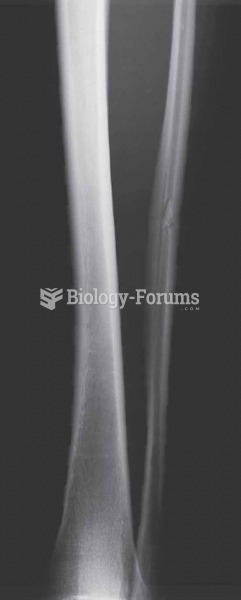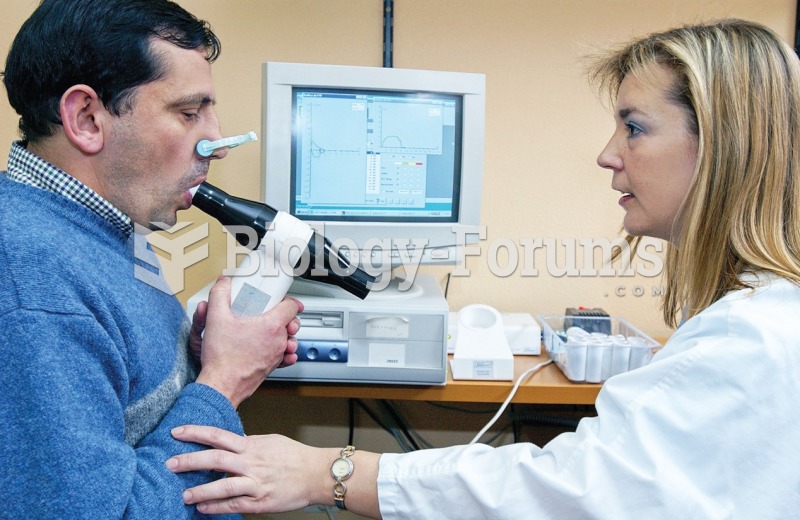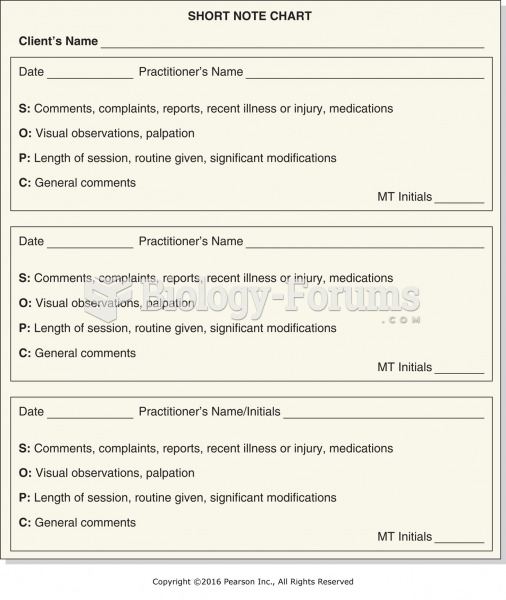Dear Dr. ______,
Just a brief note to let you know that I have seen Mr____________ in our office today. We have not seen the patient for many years. I have enclosed a copy of my office notes for your record.
In summary, the patient presented today for a second opinion concerning his lower gastrointestinal bleeding. He was particularly concerned about a recommendation for surgery. I reviewed the workup done by Drs. _____ and _____. I have also reviewed the events since 1994.
At this point, I have explained to the patient that he probably has about a 50 chance of recurrent(1) ________ bleeding because of the repeated episodes in the past year. Under these circumstances, the recommendation for surgery is understandable. The patient, however, feels that his last 3 bleeding episodes were relatively minor and that they did not require blood (2)________, and the drop in his (3)________ was only 1 point. Since this is a judgment call, I have told the patient that I would not feel uncomfortable withholding surgery at this point and observing his course. I am going to start him on (4)________ and an antigas program. In addition, I am going to change his diet in the hope of preventing the lodging of small particles of food in his (5)________, which might lead to pressure, (6)________, and bleeding.
I have recommended to the patient that if he has another significant bleed requiring consideration of blood transfusions, then he should proceed with surgery. The remaining question was the use of aspirin or other forms of (7)________ treatment to prevent a recurrent stroke. I believe the risk of a stroke would outweigh a risk of colon bleeding, which ultimately might result in surgery. Therefore, I have recommended to the patient that if his (8)________ and you, as his primary physician, feel that he should be on medication to prevent recurrent strokes, I would proceed with the use of these medications. I have suggested, pending your approval, that he might start on a (9)________ aspirin every other day as the first step.
The patient understands the risk of withholding surgery at this time and the risk of (10)________ antiplatelet treatment. He is willing to accept these risks. I have asked the patient to return to your care and the care of Dr. _____.
Sincerely,
Question 2
OPERATIVE NOTE
OPERATING SURGEON: J. D. Smith, MD
ASSISTANT: W. G. Harris, MD
ANESTHESIA: General.
ANESTHESIOLOGIST: Scott Smith, MD
PREOPERATIVE DIAGNOSIS: Small-bowel obstruction.
POSTOPERATIVE DIAGNOSIS: Small-bowel obstruction secondary to intraabdominal adhesions.
OPERATION PERFORMED: Exploratory laparotomy, (1)________ of adhesions, and release of small-bowel obstruction.
OPERATIVE TECHNIQUE: The patient was prepped and draped in a routine manner under general anesthesia with endotracheal intubation. A (2)________ catheter was in place and draining clear urine. The patient was given 2 g of (3)________ antibiotic intravenously prior to incision.
A midline incision was made from the symphysis passing to the left of the umbilicus and continuing in the midline in the (4)________ area. The subcutaneous tissue was divided with sharp dissection. Electrocautery was used to provide subcutaneous hemostasis. The abdominal fascia was divided at the midline, and the posterior (5)________ and the peritoneum were entered with sharp (6)________. There were multiple dilated loops of large bowel and small bowel. However, the small-bowel dilatation was confined to the proximal and midjejunum. Examination of the upper abdomen revealed the liver to be of normal size and consistency, the gallbladder also normal. There was no evidence of hepatic (7)________. The (8)________ spaces were negative to palpation and visualization. There was no evidence of neoplasm or obstruction in the large intestine.
There was an adhesive band involving the midjejunum in the left lower quadrant from previous exploratory surgery. Using (9)________scissors, with blunt and sharp dissection, a 10 cm to 15 cm loop of midjejunum was freed up, resulting in release of the adhesive obstruction. The remainder of the small bowel was run throughout its length, and no further obstructions were seen. The (10)________ were placed in their normal position and covered with the fatty omentum. When instrument, sponge, and pack count were correct and (11)________ was satisfactory, the peritoneum was closed with a running 2-0 chromic lock suture. The anterior and posterior fascia were approximated with interrupted with 0 (12)________ suture. The subcutaneous tissue space was irrigated with saline solution and sponged dry. The skin was closed with interrupted staples and an Adaptic 4 4 dressing applied. Blood loss estimated at approximately 150 mL.
The patient tolerated the procedure well and left the operating room in good condition.






